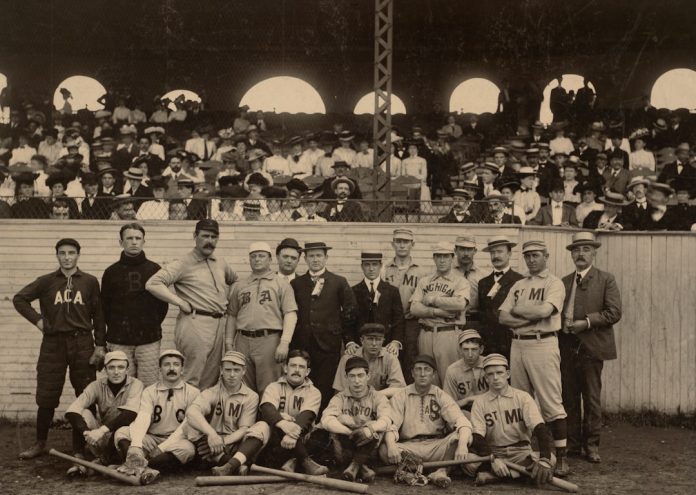Sports card collecting has been a popular hobby for decades, with collectors seeking out rare and valuable cards to add to their collections. However, with the rise of online marketplaces and the ease of replicating cards, the importance of authenticity in the market has become paramount. Authenticity ensures that collectors are getting what they pay for and helps maintain the integrity of the market.
Understanding the Risks: Why Fake Sports Cards are Prevalent in the Market
One of the main reasons why fake sports cards are prevalent in the market is the potential for profit. Rare and valuable cards can fetch high prices, making them an attractive target for counterfeiters. Additionally, the ease of replicating cards has made it easier for counterfeiters to create convincing fakes. With advancements in technology, counterfeiters can now produce cards that look almost identical to the real thing.
Examining the Card’s Condition: Signs of Wear and Tear vs. Signs of Forgery
When examining a sports card for authenticity, one of the first things to look for is signs of wear and tear. Authentic cards will often show signs of use, such as worn edges or corners. However, it is important to differentiate between signs of wear and tear and signs of forgery. Counterfeiters may try to replicate these signs by artificially aging the card, so it is important to examine them closely.
Analyzing the Card’s Design: Common Mistakes in Replicating Authentic Cards
Another way to determine the authenticity of a sports card is by analyzing its design. Counterfeiters often make mistakes when replicating authentic cards, such as using incorrect fonts or color variations. By comparing the design of a card to known authentic examples, collectors can identify these mistakes and determine if a card is genuine or fake.
Checking the Card’s Weight and Thickness: Discrepancies in Material Quality
The weight and thickness of a sports card can also provide clues about its authenticity. Authentic cards are typically made from high-quality materials, which give them a certain weight and thickness. Counterfeit cards may be made from cheaper materials, resulting in a noticeable difference in weight and thickness. By comparing a card to known authentic examples, collectors can identify these discrepancies and determine if a card is genuine or fake.
Verifying the Card’s Printing: The Importance of Sharpness and Clarity
The printing quality of a sports card is another important factor to consider when determining its authenticity. Authentic cards are printed with sharpness and clarity, with clear images and text. Counterfeit cards may have blurry or pixelated images, or the text may appear smudged or faded. By examining the printing quality of a card, collectors can identify signs of a fake.
Authenticating the Autographs: The Difference Between Real and Fake Signatures
Autographed sports cards can be highly valuable, but they are also a prime target for counterfeiters. When authenticating autographs on a card, collectors should examine the placement and consistency of the signature. Authentic autographs will often be placed in a consistent location on the card and will have a smooth and fluid appearance. Counterfeit autographs may be placed haphazardly or may appear shaky or inconsistent.
Researching the Card’s History: Identifying Rare Cards and Their Origins
Researching the history of a sports card can provide valuable insights into its authenticity. Rare cards often have unique characteristics or markings that can help determine their authenticity. Additionally, knowing the origins of a card can help collectors identify if it is genuine or fake. By researching the history of a card, collectors can make more informed decisions about its authenticity.
Consulting with Experts: Seeking Professional Opinion on the Card’s Authenticity
When in doubt about the authenticity of a sports card, collectors should consider consulting with experts in the field. Professional authenticators have years of experience and knowledge and can provide valuable insights into the authenticity of a card. They can examine the card in person, use specialized equipment, and compare it to known authentic examples to determine its authenticity. While there may be a cost associated with this service, it can provide peace of mind and ensure that collectors are purchasing genuine cards.
The Value of Authentic Sports Cards and Maintaining the Integrity of the Market
In conclusion, authenticity is of utmost importance in sports card collecting. With the prevalence of fake cards in the market, collectors must take the necessary steps to ensure they are purchasing authentic cards. By examining the card’s condition, design, weight and thickness, printing quality, autographs, and researching its history, collectors can make more informed decisions about a card’s authenticity. Additionally, consulting with experts can provide valuable insights and help maintain the integrity of the market. By prioritizing authenticity, collectors can ensure that their investments are genuine and valuable additions to their collections.
If you’re interested in expanding your card collecting hobby beyond sports cards, you might want to check out the article “Pokemon Card Collecting: Unveiling the Multifaceted Value and Rarest Treasures” on Breakaway Cards. This insightful piece delves into the world of Pokemon card collecting, exploring the various factors that contribute to their value and rarity. Whether you’re a seasoned collector or just starting out, this article provides valuable information and tips for building a valuable Pokemon card collection. So, if you’re ready to embark on a new collecting adventure, click here to read more!
